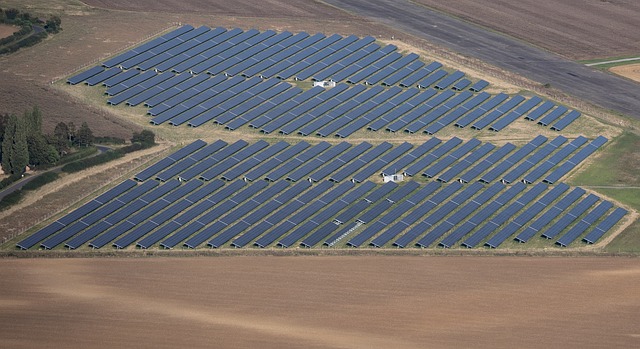Breaking Down the Mechanics of a Tennis Serve
The world of sports is teeming with an array of disciplines, each with their unique techniques and strategies. One such technique, often overlooked, is the intricate mechanics of a tennis serve. This potent yet sophisticated move in tennis has been the backbone of many victorious matches, and an understanding of its mechanics can provide a new perspective on the sport.

The Basic Elements of a Tennis Serve
Before delving into the detailed aspects of the serve, it’s crucial to understand its basic elements. The tennis serve is a complex process, a result of a series of coordinated actions that involve the entire body. It starts with the grip, moves to the toss, followed by the swing, and finally, the impact and follow-through. Each sequence plays an essential role in determining the power, speed, and accuracy of the serve.
The Art of the Grip
The grip is the foundation of the serve, and it’s vital to get it right. The two most common grips used by professional players are the Eastern and Continental. The Eastern grip allows for more spin, while the Continental grip offers more power and control. The choice of grip depends on the player’s style, strategy, and the specific demands of the game situation.
The Toss: A Precursor to Power
The toss is the lead-up to the serve, setting the stage for the swing to follow. A well-executed toss should place the ball in the optimal position for the server to strike it with maximum power and precision. The height of the toss, its direction, and the timing of the release are all critical elements that can make or break a serve.
The Swing: An Interplay of Power and Precision
The swing is where the power and precision of the serve come to the fore. It involves a complex interplay of the shoulder, arm, wrist, and racket, all working in sync to generate maximum velocity and spin. An effective serve swing is characterized by a fluid, whip-like motion that transfers the body’s energy into the racket and, subsequently, into the ball.
The Impact and Follow-Through: The Finishing Touch
The impact and follow-through are the final steps in the serve. The point of impact between the racket and ball can significantly influence the serve’s speed, spin, and direction. A high point of impact usually leads to a faster, flatter serve, while a lower point of impact can produce more spin. The follow-through, meanwhile, helps maintain balance and control, ensuring a smooth transition into the next shot.
The Science Behind a Successful Serve
A successful serve isn’t just about brute force; it’s a result of the complex interplay of physics, biomechanics, and technique. The angle of the racket during impact, the spin imparted on the ball, and the kinetic chain of energy transfer from the body to the racket—all contribute to the effectiveness of a serve. Understanding these scientific principles can provide valuable insights into the art of serving and may well be the key to mastering this crucial aspect of tennis.
In conclusion, the tennis serve is a complex, multi-faceted technique that involves a delicate balance of power, precision, and timing. While the mechanics of the serve may seem daunting at first, a deeper understanding of its components and underlying principles can enhance one’s appreciation of the sport and potentially improve one’s performance on the court. As the saying goes, “serve to win,” and understanding the mechanics of a tennis serve is a significant step towards that winning edge.




